The Audi Activesphere is the fourth in a series of genre-defying concept cars
The Audi Activesphere concept offers up the SUV of tomorrow, a sleek luxury coupé that can dress down and transform into a pick-up truck
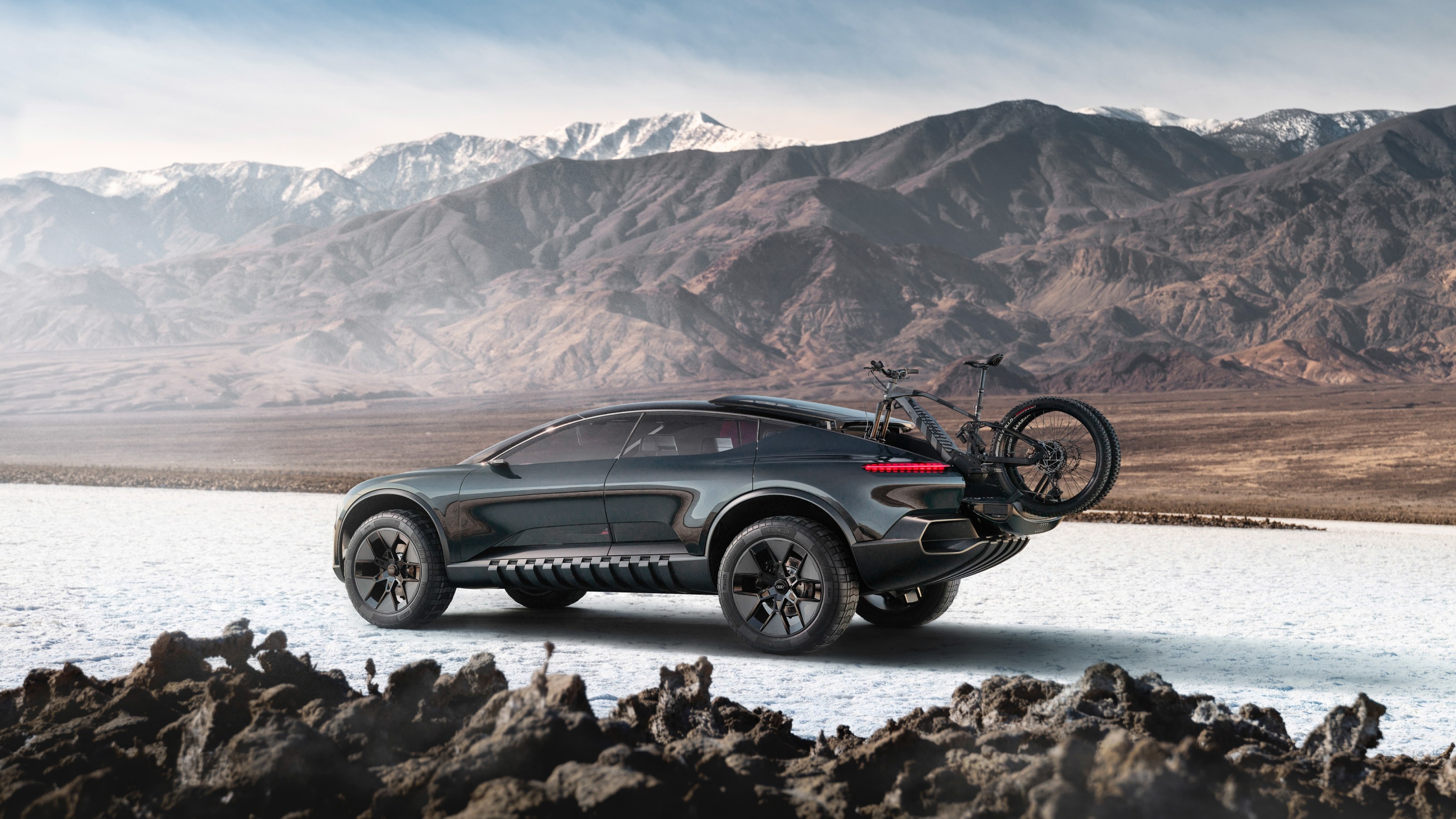
The Audi Activesphere continues the brand’s conceptual preview of future mobility. This new Audi concept is the fourth in a series of ‘sphere’-suffixed visions that started with the 2021 Skysphere, and continued through the recent Grandsphere and Urbansphere.
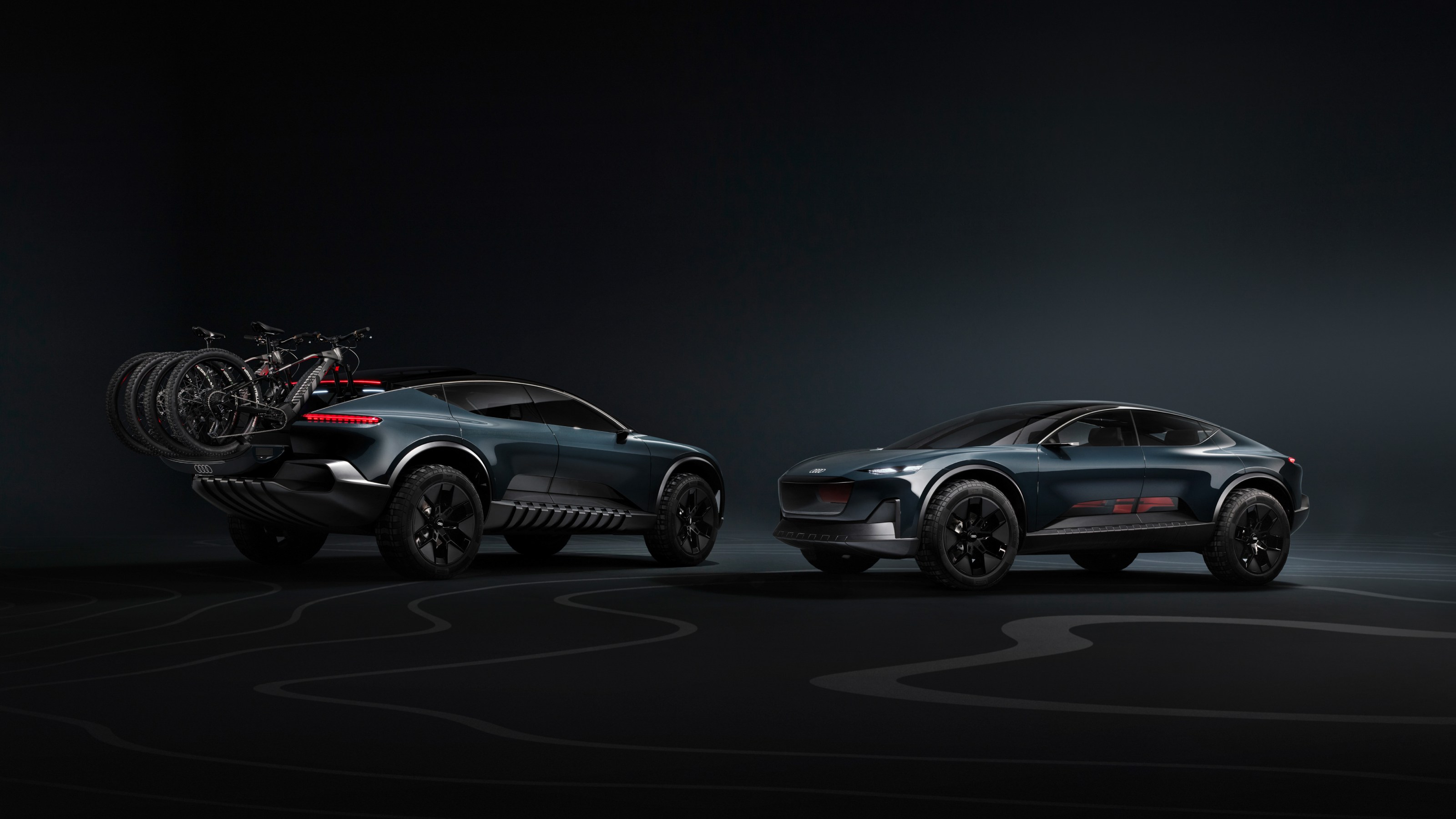
This new model was designed and built at Audi’s Design Studio in Malibu, and in both scale and capability it distils the experience of America’s roads of tomorrow. It was recently noted that trucks have become almost the de facto automobile of choice for Americans, far, far removed from their utilitarian, agricultural beginnings.
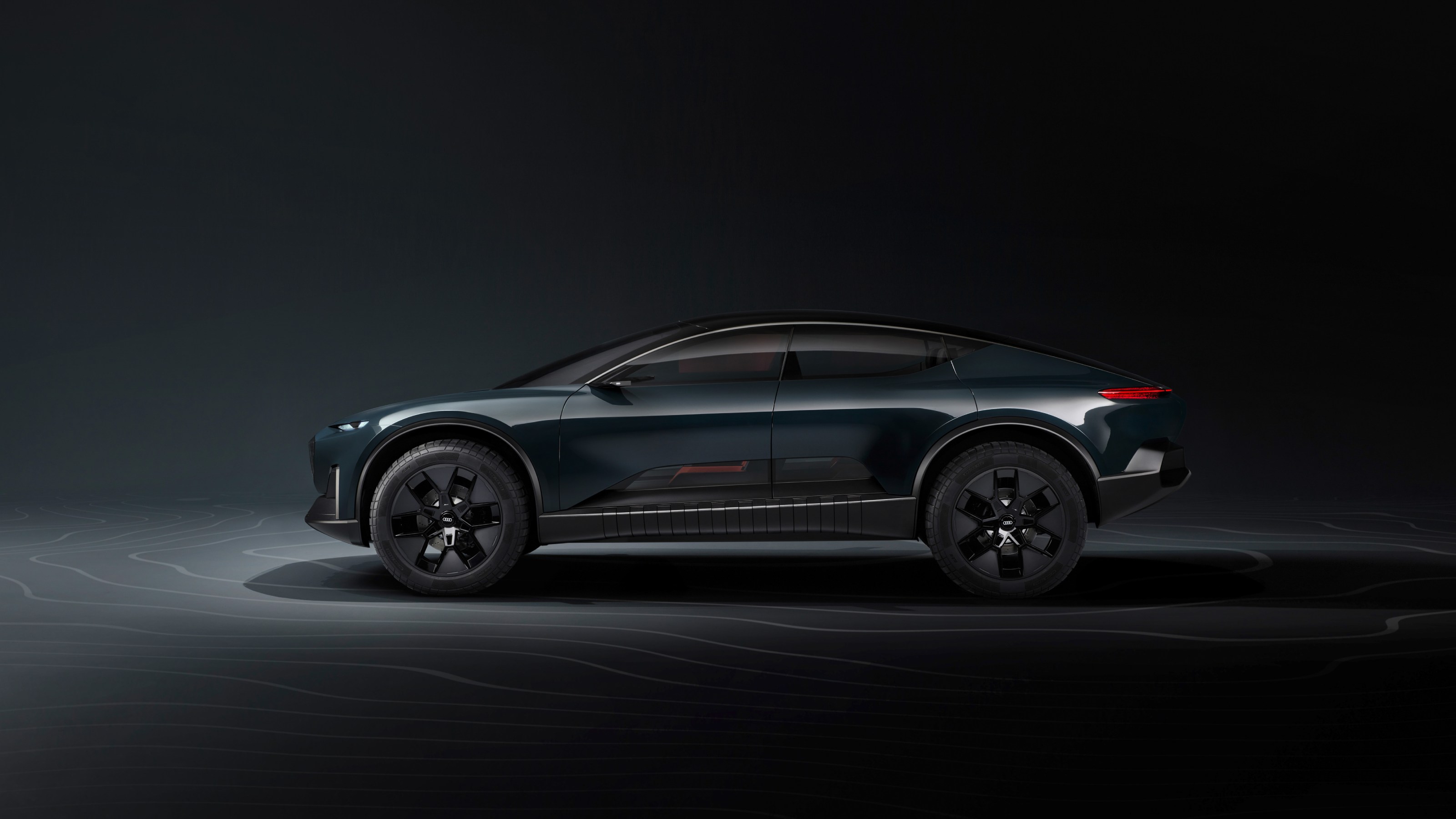
Perhaps with this mission creep in mind, as well as the looming presence of the forever-delayed Tesla Cybertruck, Audi’s American team have taken a stab at the future of multifunctionality. It’s electric, naturally, built around a new interior design concept, ‘Audi Dimension’. A little like the recent BMW i Vision Dee, this is a mixed-reality venture that uses headsets to overlay information on the passengers’ surroundings.
Audi Activesphere concept offers go-anywhere luxury
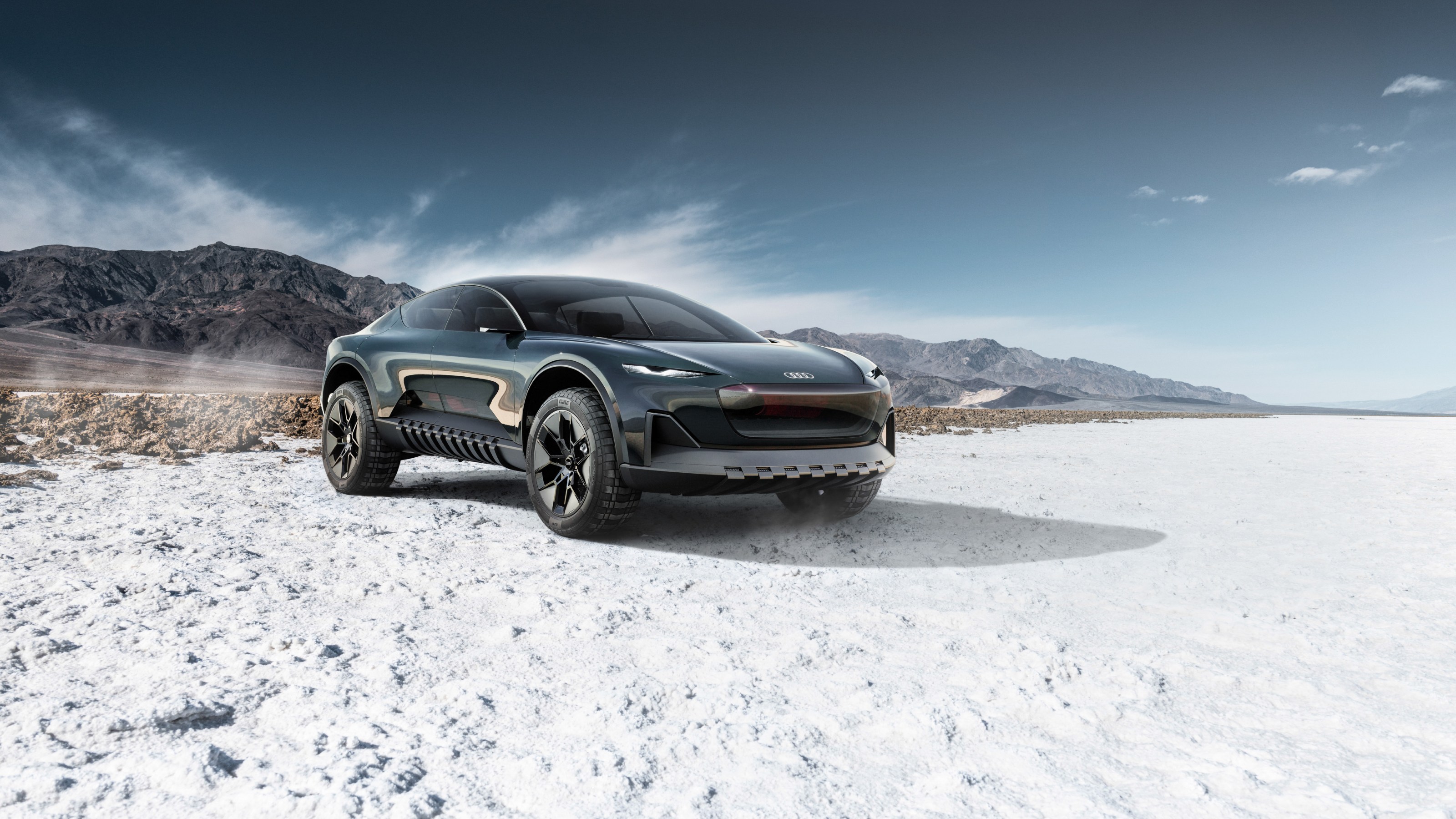
In common with the earlier ‘spheres,’ the emphasis is very much on luxury, autonomy and flexibility. The jacked-up bodywork, sitting atop huge 22-inch wheels, is sleek and sporty, a deliberate visual contradiction that is finding increasing favour amongst designers looking for a new expression of the hackneyed ‘Sports Utility Vehicle’ body style.
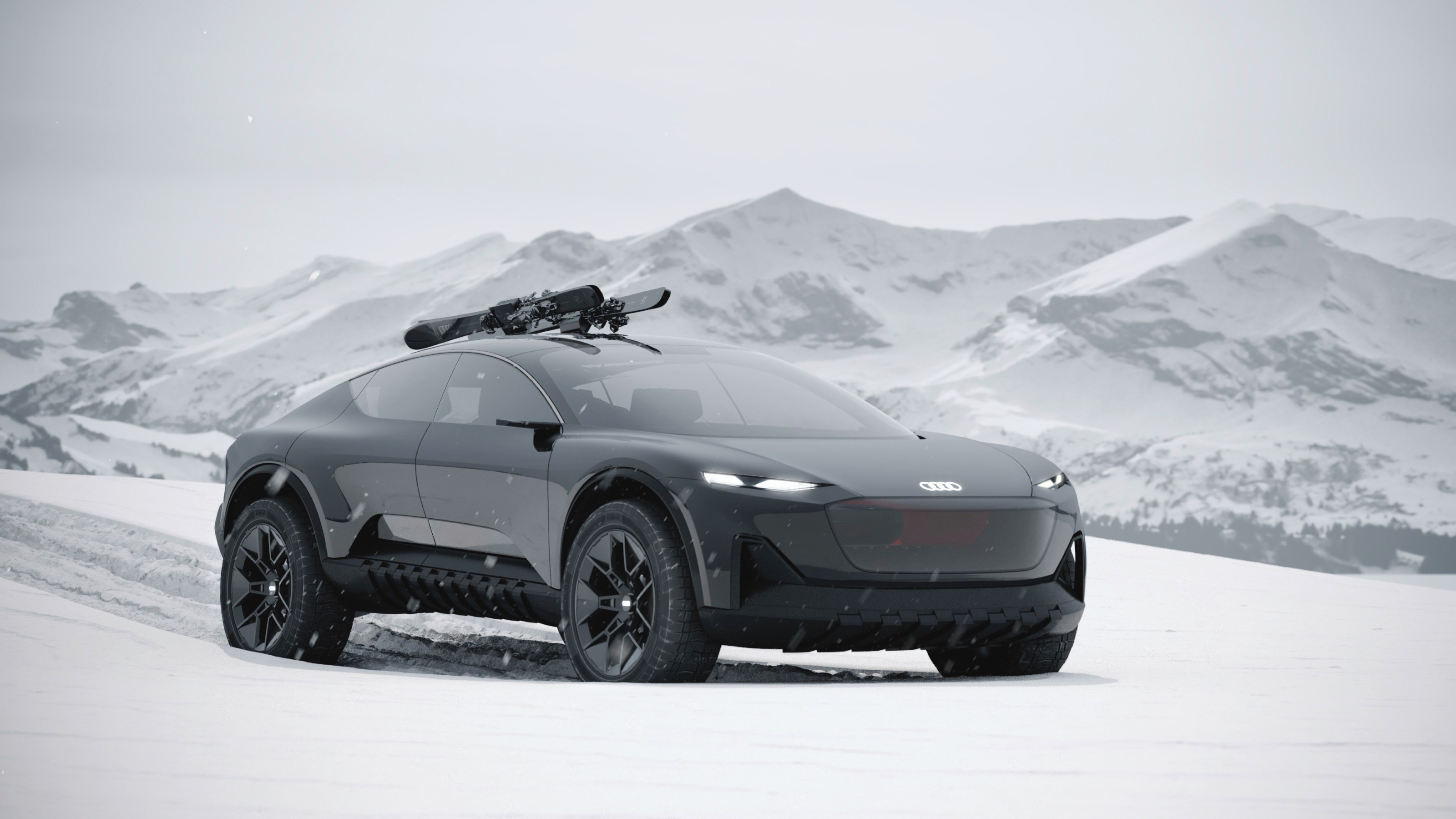
Like all of Audi’s conceptual forays, the Activesphere is a big car – nearly 5m long and over 2m wide. The electric drive system ensures there’s plenty of interior space, despite that swooping rear roof line, and the blended two-tone interior is laid out for four passengers.
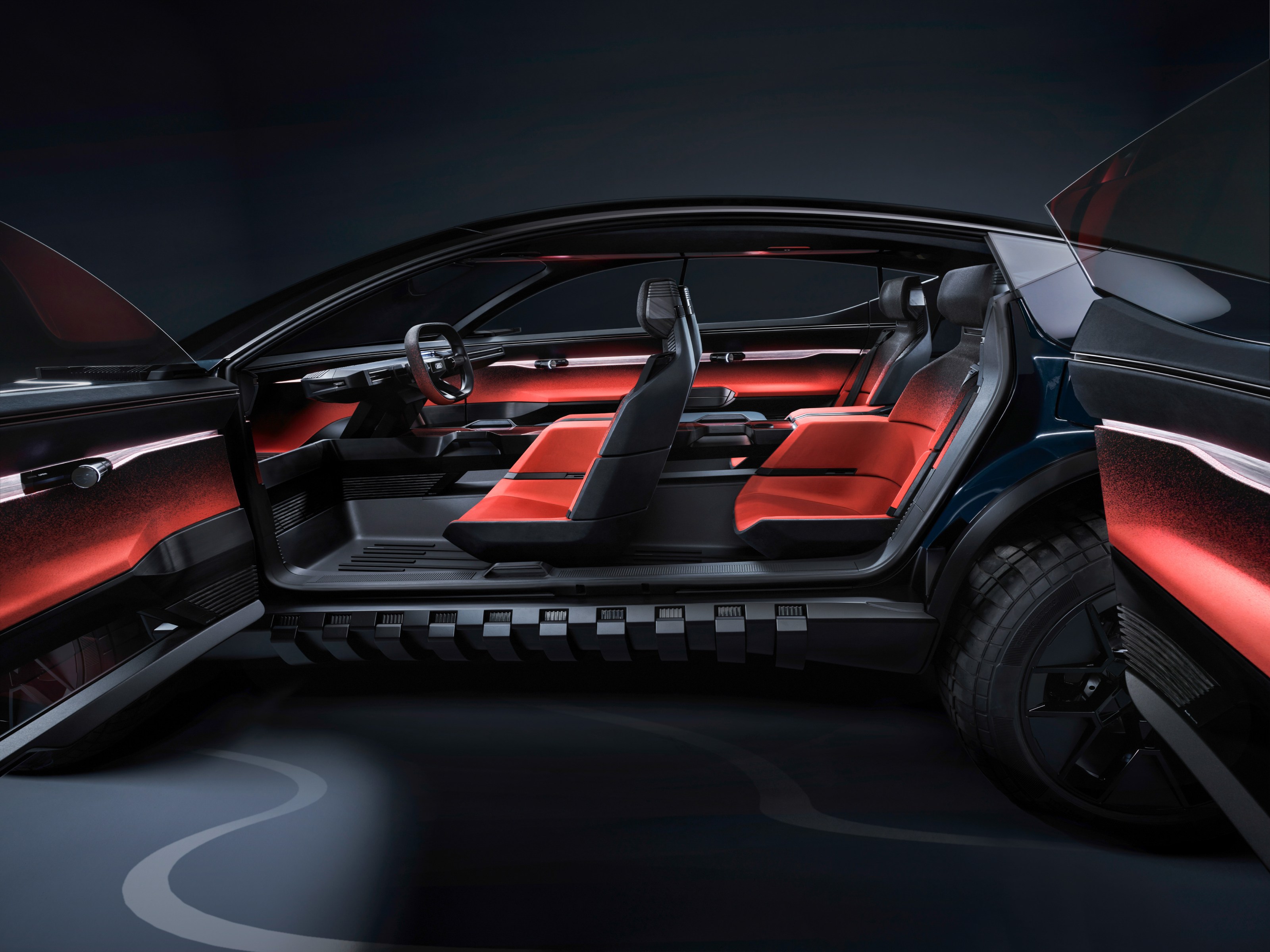
Audi Dimension proposes that physical control surfaces and buttons are largely banished, with virtual overlays appearing when a passenger or driver looks in the right place – for example, the air-conditioning controls appear to hover above the dashboard vents, while traffic and topography information is overlaid on the world outside.
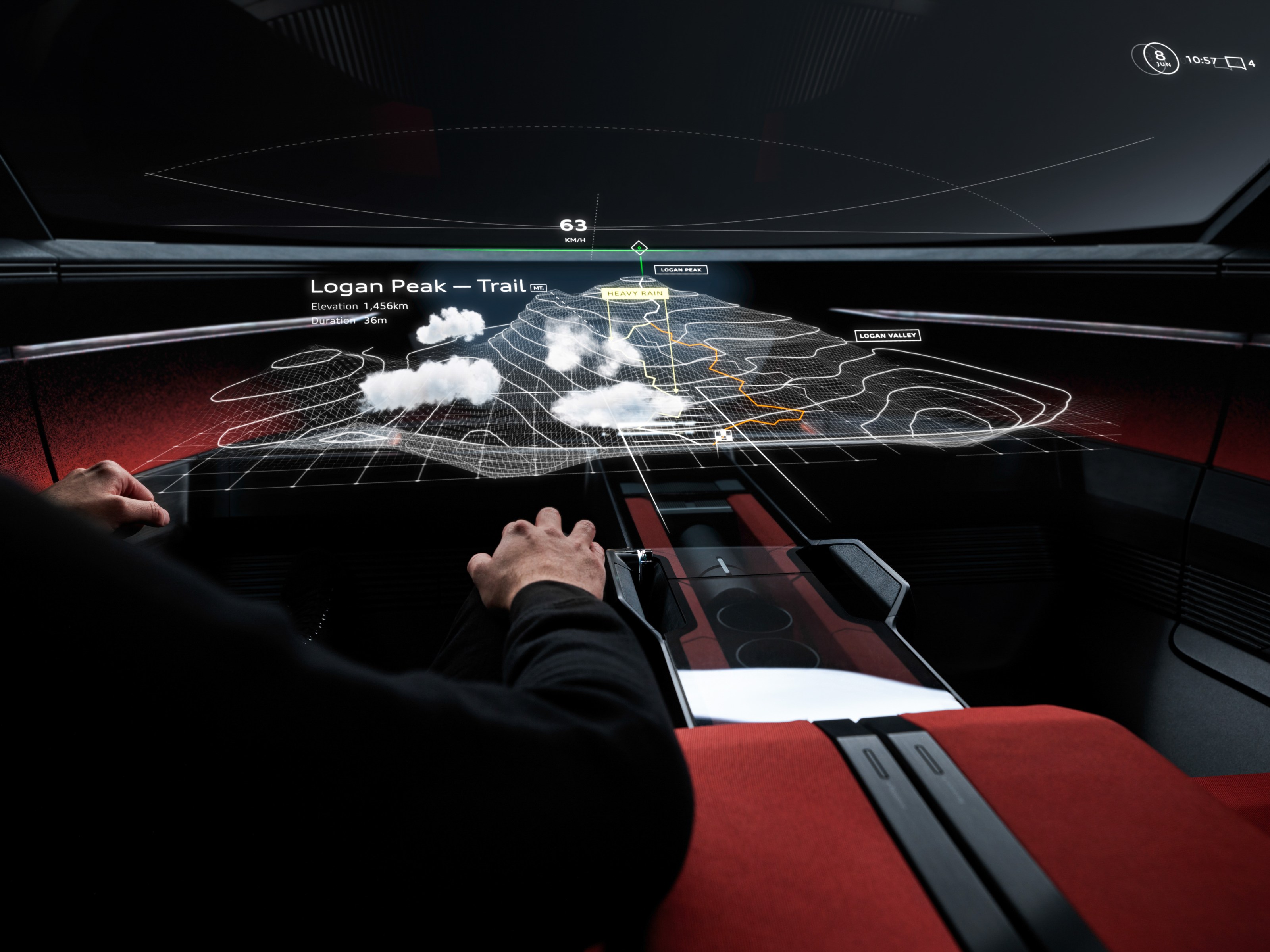
At the rear, the traditional hatchback has been replaced with what Audi calls an ‘active back’, a sliding cover that transforms the cargo space into an open load bay, ‘perfect for carrying recreational equipment such as e-bikes or water and winter sports gear’.
Wallpaper* Newsletter
Receive our daily digest of inspiration, escapism and design stories from around the world direct to your inbox.
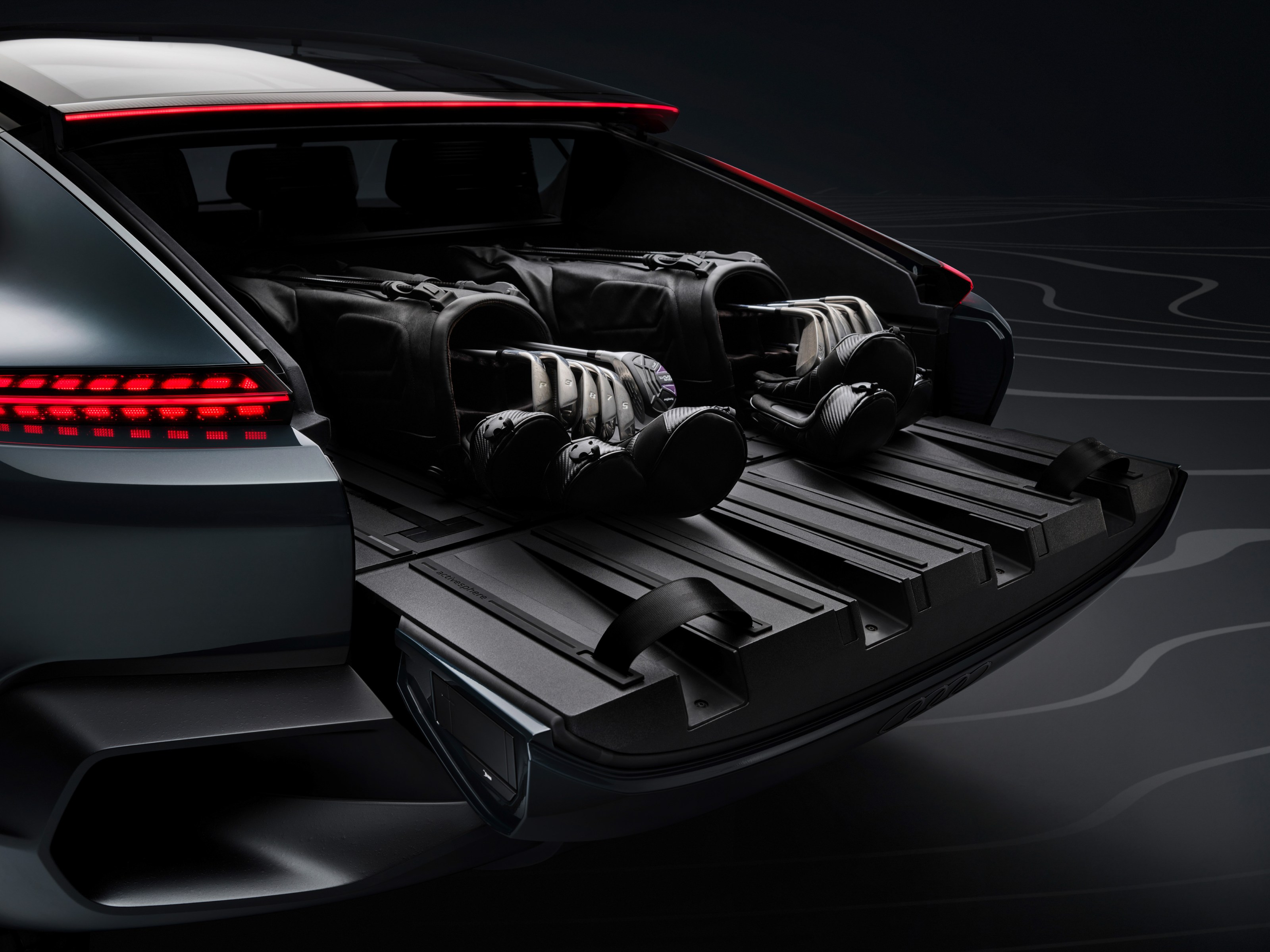
The headline statistics are hypothetical at this point – 800-volt fast-charging to a maximum range of 372 miles – but the most important element of this car is its appeal to that oh-so-aspirational market segment, the active urban professional. It’s an off-roader, but also elegant, a luxury car that can slum it up the side of a mountain.
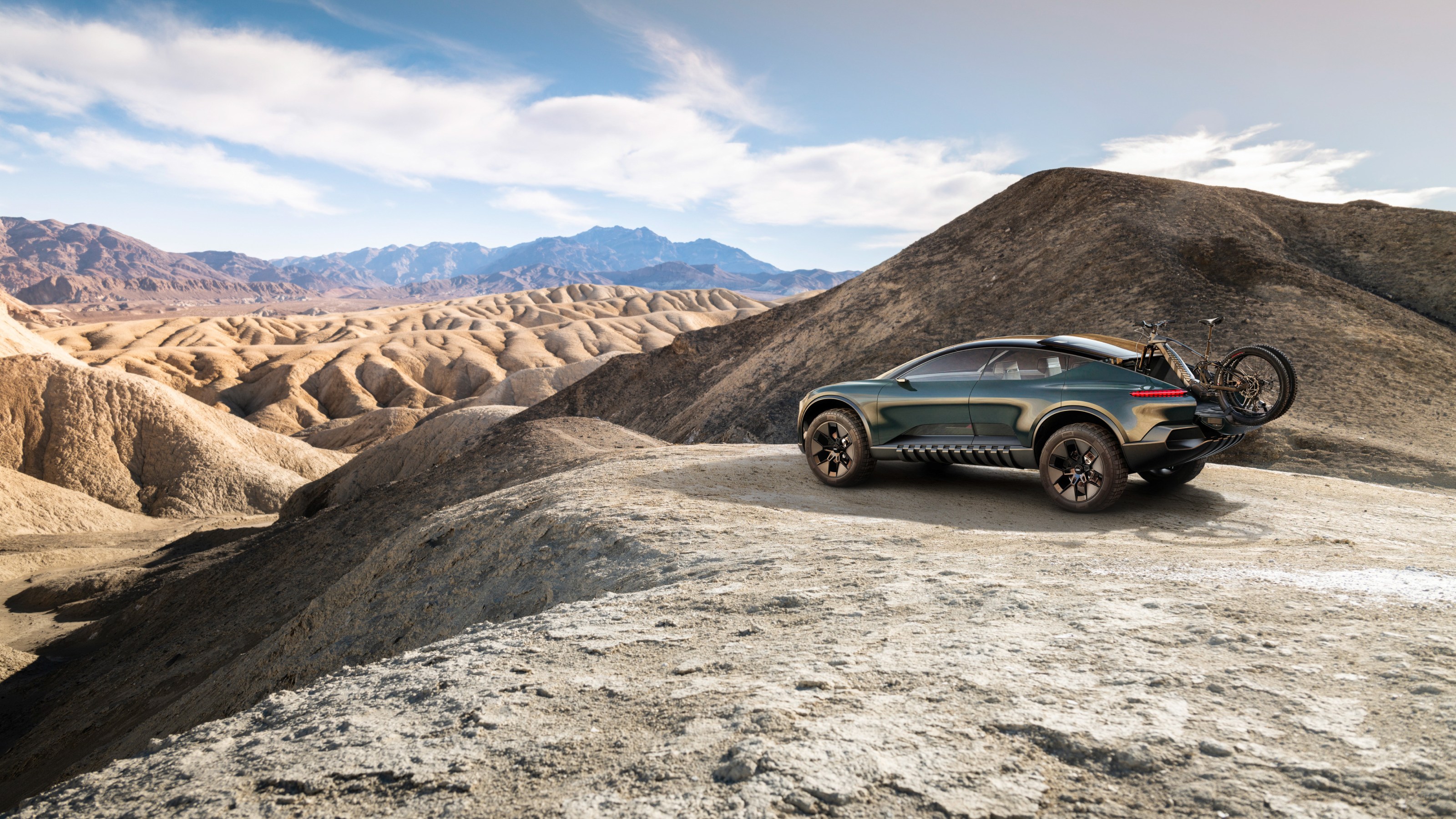
While the relationship between body and wheels is exaggerated for visual effect, there’s nothing especially conceptual about the basic silhouette; expect to see this as a next generation, all-electric A6, A7 or even A8. Although elements like true autonomous driving are still tantalisingly out of reach (just like that Tesla Cybertruck), the proposed layer of augmented reality is another facet of mobility that manufacturers are keen to explore.
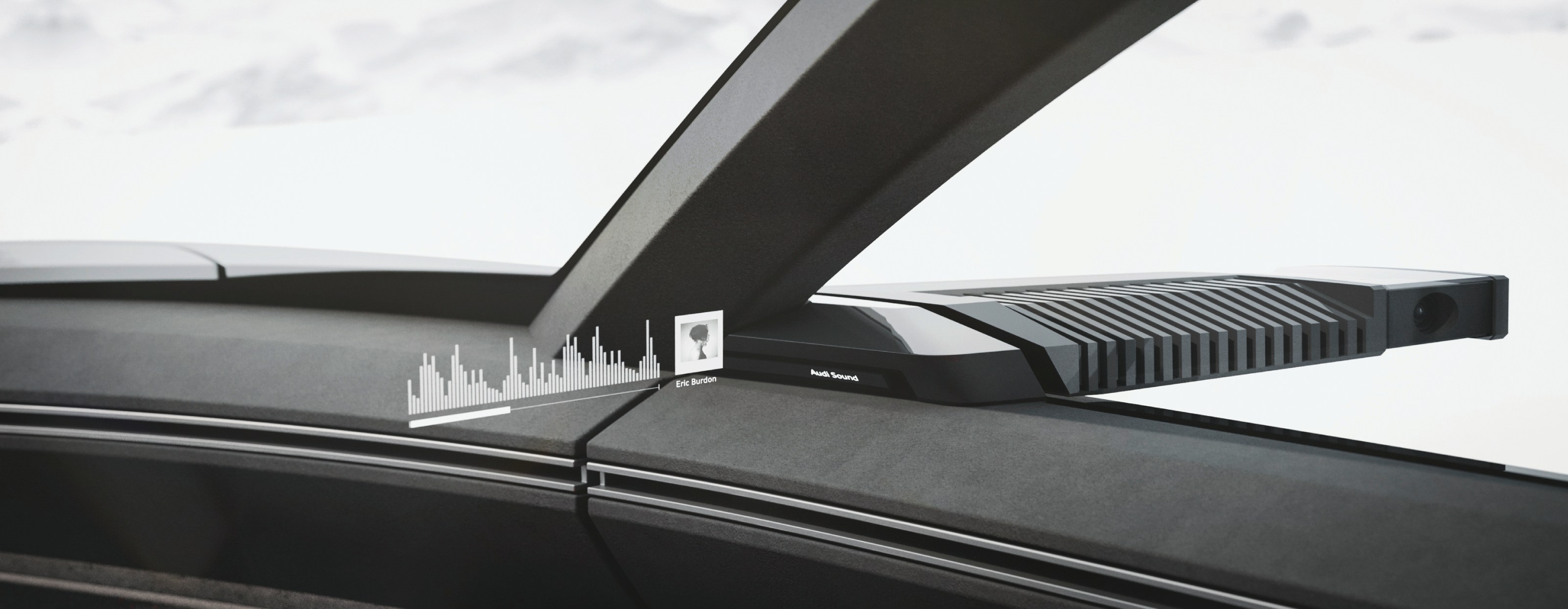
This fourth concept completes Audi’s ring cycle of innovation. To call the Audi Activesphere a pick-up truck is a bit of a stretch, but it does demonstrate the flexibility of Audi’s Premium Platform Electric system, the large-scale technical underpinnings of its next-generation cars.
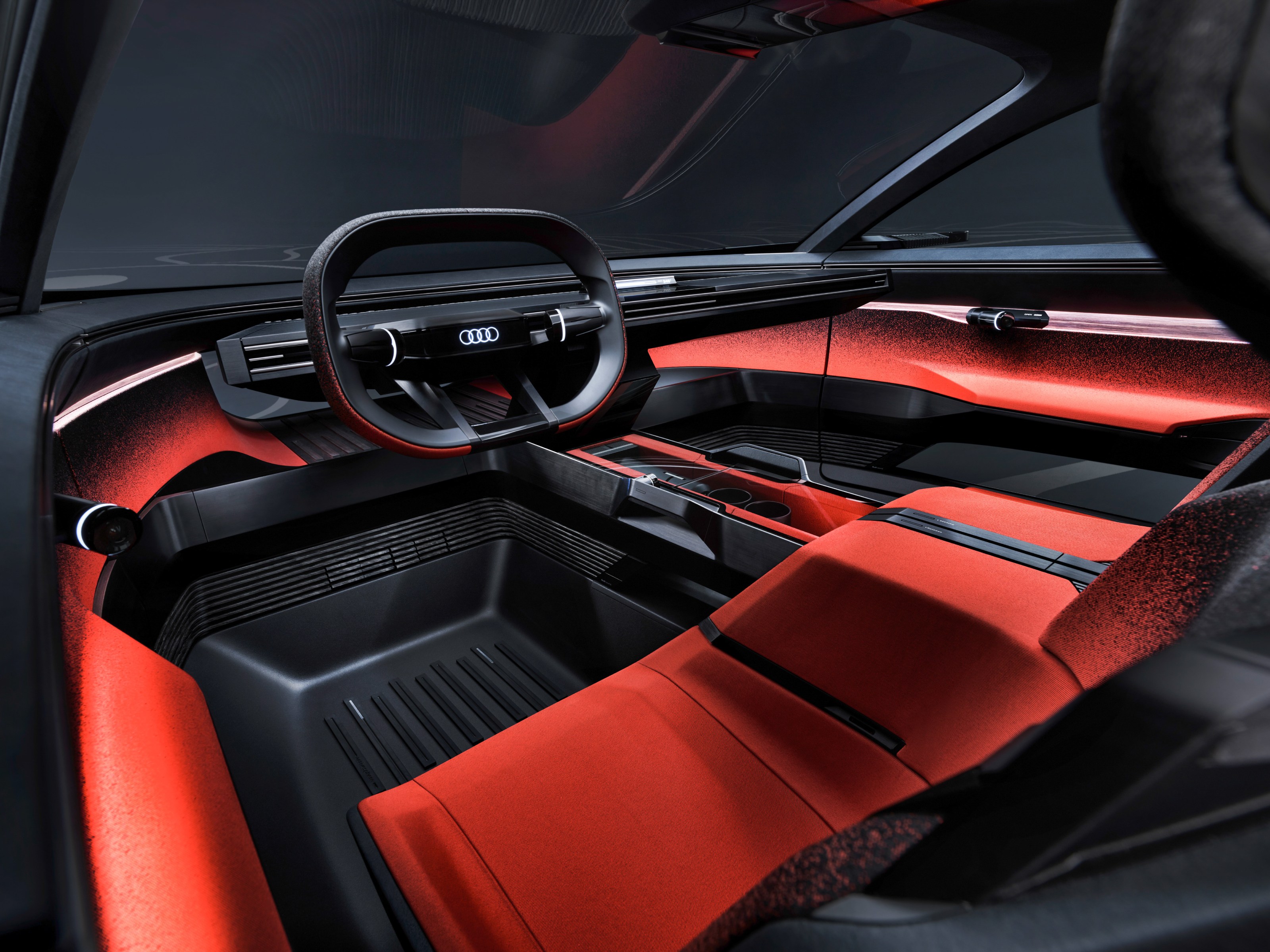
Audi activesphere, concept only, Audi.com
Jonathan Bell has written for Wallpaper* magazine since 1999, covering everything from architecture and transport design to books, tech and graphic design. He is now the magazine’s Transport and Technology Editor. Jonathan has written and edited 15 books, including Concept Car Design, 21st Century House, and The New Modern House. He is also the host of Wallpaper’s first podcast.
-
 Put these emerging artists on your radar
Put these emerging artists on your radarThis crop of six new talents is poised to shake up the art world. Get to know them now
By Tianna Williams
-
 Dining at Pyrá feels like a Mediterranean kiss on both cheeks
Dining at Pyrá feels like a Mediterranean kiss on both cheeksDesigned by House of Dré, this Lonsdale Road addition dishes up an enticing fusion of Greek and Spanish cooking
By Sofia de la Cruz
-
 Creased, crumpled: S/S 2025 menswear is about clothes that have ‘lived a life’
Creased, crumpled: S/S 2025 menswear is about clothes that have ‘lived a life’The S/S 2025 menswear collections see designers embrace the creased and the crumpled, conjuring a mood of laidback languor that ran through the season – captured here by photographer Steve Harnacke and stylist Nicola Neri for Wallpaper*
By Jack Moss